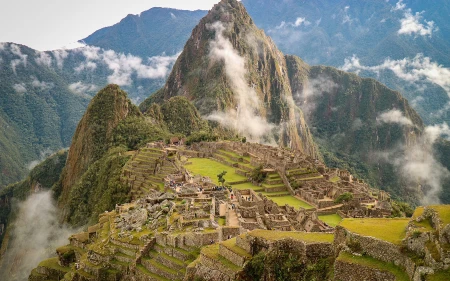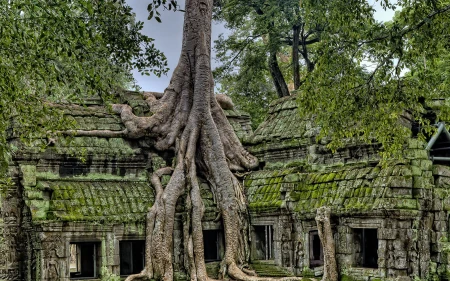
Cultural Heritage Sites: Timeless Treasures
Imagine strolling through the ancient streets of Rome, marveling at the majestic Great Wall of China, or standing in awe before the breathtaking Pyramids of Giza. These are just a few examples of the world's cultural heritage sites, timeless treasures that offer a glimpse into our rich and diverse human history. In this article, we'll explore the importance of cultural heritage sites, discuss some of the most iconic examples, and highlight the ongoing efforts to preserve these invaluable pieces of our shared past.
What are Cultural Heritage Sites?
Cultural heritage sites are locations with historical, cultural, or artistic significance, often reflecting the traditions, values, and stories of the people who have lived there throughout the ages. These sites may include ancient ruins, religious monuments, or even entire cities, and they provide a tangible link to our collective past, offering unique insights into the human experience.
For instance, the ancient city of Petra, Jordan, is a stunning example of a cultural heritage site, showcasing the incredible engineering and artistic prowess of the Nabatean civilization over 2,000 years ago.
Iconic Cultural Heritage Sites
There are countless cultural heritage sites around the world, each with its own unique story to tell. Here are just a few of the most renowned:
- Angkor Wat, Cambodia: The largest religious monument in the world, this breathtaking temple complex offers a glimpse into the architectural and artistic mastery of the Khmer Empire.
- Machu Picchu, Peru: Perched high in the Andes Mountains, this ancient Incan citadel is a testament to the remarkable engineering and architectural skills of the Inca civilization.
- The Acropolis, Greece: A symbol of ancient Greek civilization, the Acropolis is home to the iconic Parthenon and several other important temples and structures.
- Stonehenge, England: This enigmatic prehistoric monument, consisting of a circle of massive standing stones, has fascinated scholars and visitors alike for centuries.
Preserving Cultural Heritage Sites
The preservation of cultural heritage sites is essential for safeguarding our shared history for future generations. Organizations such as UNESCO and the World Monuments Fund play a crucial role in identifying and protecting these sites, while local and national governments, along with dedicated volunteers, work tirelessly to maintain and restore these precious treasures.
For example, the ongoing restoration work at the historic city of Palmyra in Syria, which was heavily damaged during the conflict in the region, highlights the dedication and determination of the international community to preserve our shared cultural heritage.
Conclusion
Cultural heritage sites are priceless treasures that provide a window into our diverse and fascinating human history. By preserving and celebrating these sites, we can continue to learn from our past, appreciate our shared cultural legacy, and inspire future generations to explore and cherish the rich tapestry of human experience.


















